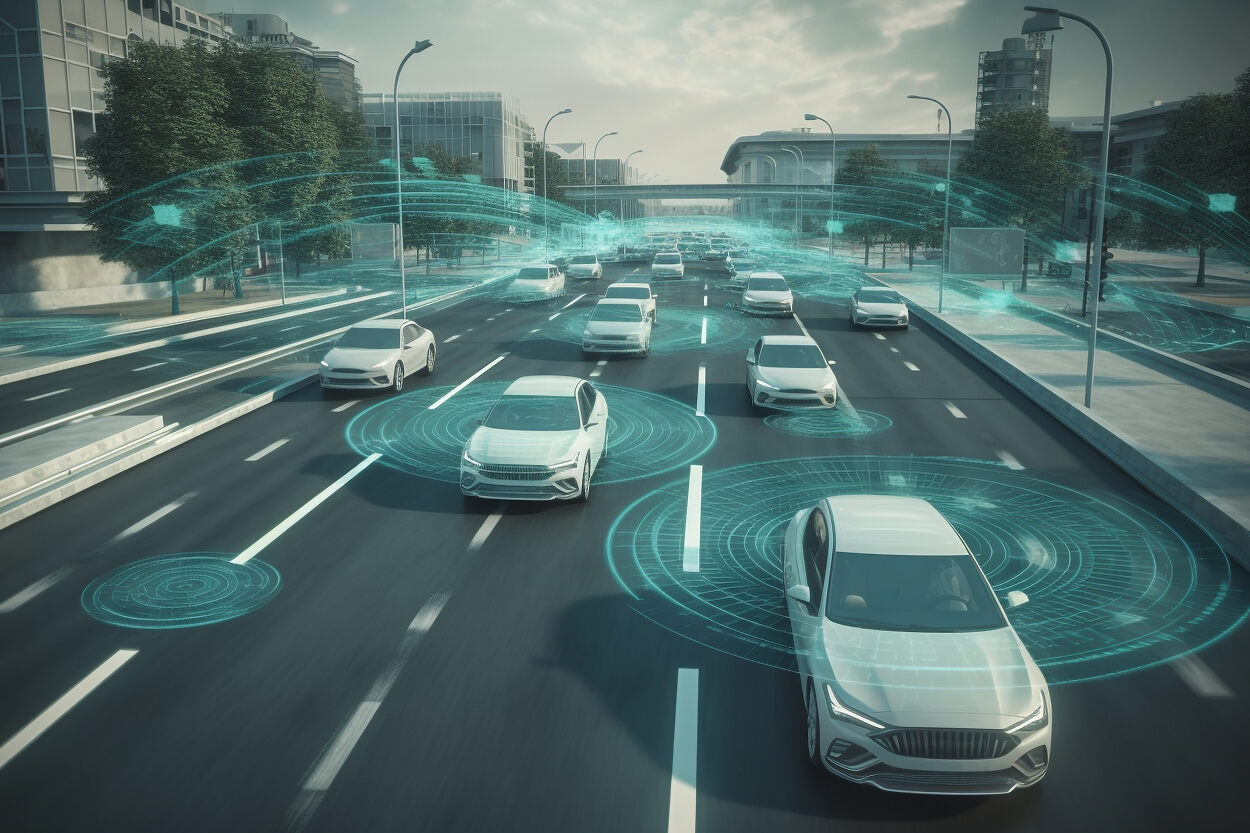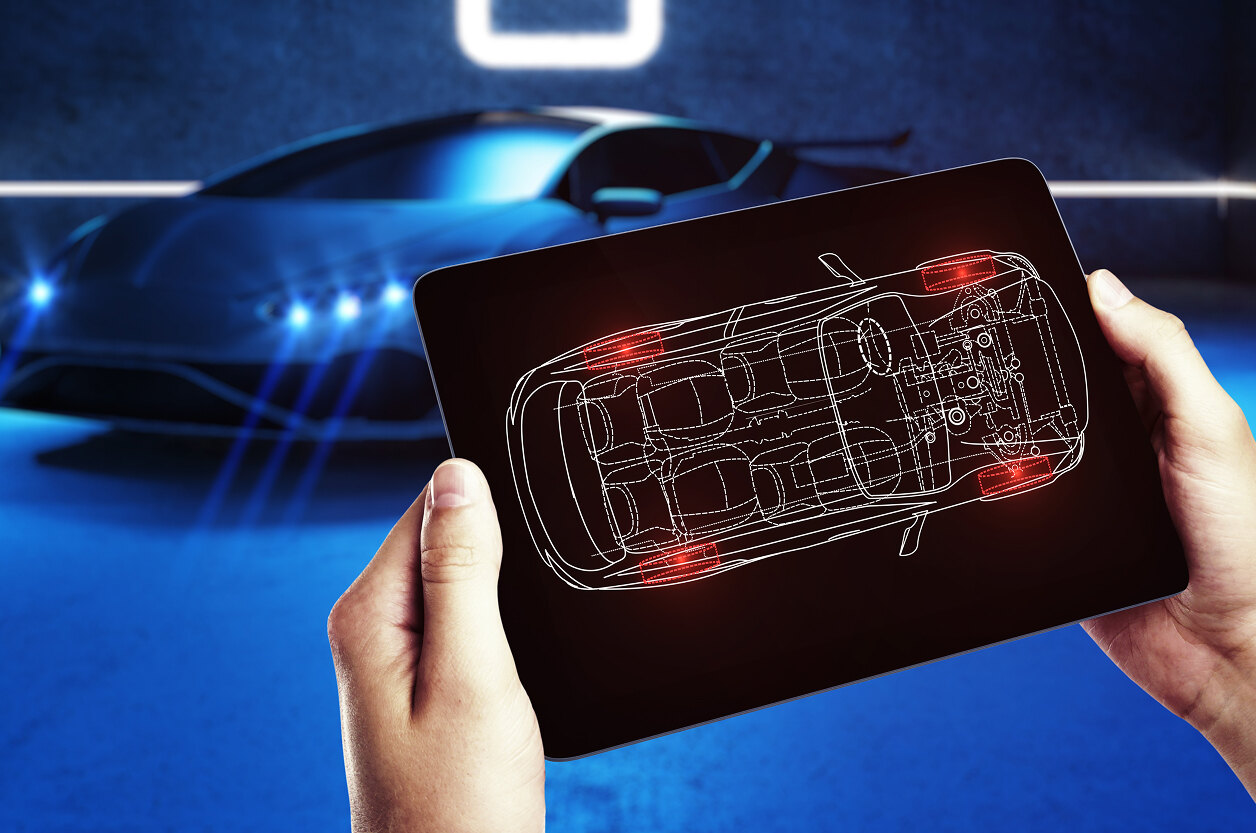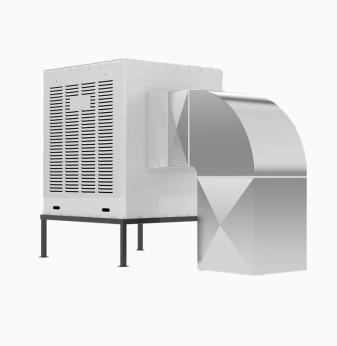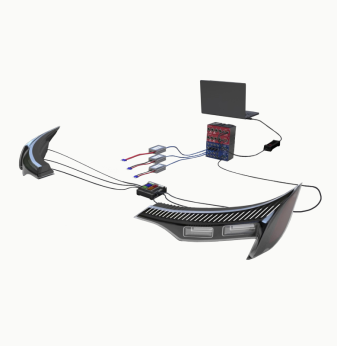Dynamic Sensor Fusion Pipelines: Balancing Energy and Accuracy at the Edge

Embedded devices today are defined by their senses. From autonomous vehicles and industrial robots to wearables and drones, they constantly collect data from cameras, LiDARs, IMUs, microphones, and temperature or vibration sensors. The combination of these data streams — known as sensor fusion — allows systems to perceive their environment more accurately and make smarter decisions.
But there’s a catch: accuracy comes at a cost. Every active sensor draws power, generates data that must be processed, and increases compute load. For battery-powered or energy-limited devices, this quickly becomes unsustainable. The next frontier is dynamic sensor fusion — systems that adjust which sensors operate, how data is fused, and at what fidelity, depending on context.
In other words, devices must learn to balance energy and accuracy on the fly.
Why sensor fusion is essential — and power-hungry
Sensor fusion enhances reliability and safety. For example:
- A drone combines IMU and vision data to stabilize flight when GPS signals drop.
- A robot uses LiDAR and stereo cameras to perceive depth more accurately.
- A wearable merges accelerometer, gyroscope, and ECG readings to detect health anomalies.
These combinations create richer context awareness — but also demand continuous sampling, synchronization, and computation.
Traditional fusion architectures treat sensors as always-on and rely on static processing graphs. This means a camera and LiDAR both capture full-resolution data even when unnecessary (for instance, when the environment is static or well-lit). Energy use scales linearly with active sensors — while actual information gain doesn’t.
The new paradigm introduces dynamic fusion pipelines: AI-driven systems that activate, downsample, or disable sensors based on situational needs.
What makes a fusion pipeline dynamic
A dynamic sensor fusion pipeline doesn’t just collect data — it decides what, when, and how to collect. It’s governed by context-aware policies and energy-accuracy models.
These pipelines typically include four adaptive layers:
- Sensing Layer — sensors switch between high- and low-power modes or reduce sampling frequency based on event likelihood.
- Pre-processing Layer — lightweight AI at the edge filters redundant or low-entropy data before fusion.
- Fusion Layer — algorithms adjust fusion weights dynamically, emphasizing the most reliable sensors in a given condition.
- Inference Layer — the model adapts complexity (e.g., switching from a deep CNN to a smaller model) depending on available energy.
Such designs require tight coupling between firmware, middleware, and AI models.
For example, in an edge camera system, if ambient light sensors detect good conditions, the pipeline might reduce frame rate or turn off IR illumination. When motion is detected, it can reactivate full capture.
This constant optimization minimizes wasted energy while maintaining reliable perception.
Real-world examples of adaptive fusion
- Autonomous robots
Mobile robots navigating warehouses rely on multiple sensors — 3D cameras, ultrasonic proximity sensors, IMUs. Under predictable paths, the system can downsample depth data and rely more on odometry, saving up to 40% power. When obstacles appear or lighting changes, the pipeline reactivates high-resolution sensors. - Automotive ADAS
Driver assistance systems use radar, cameras, and ultrasonic sensors. During highway driving, long-range radar dominates; in urban traffic, short-range sensors take over. Adaptive weighting between these modalities cuts compute load and sensor power while improving detection robustness in variable weather. - Wearables and health devices
Continuous monitoring of heart rate and motion is energy-intensive. Dynamic fusion pipelines can lower sampling frequency when movement is stable and increase it when anomalies are detected. This extends battery life by days without losing clinical relevance. - Smart agriculture
Distributed IoT nodes with humidity, soil moisture, and camera sensors can activate image capture only when environmental thresholds change, reducing radio transmissions by over 60%.
These examples show that adaptive pipelines are not just theory — they’re becoming central to energy-aware AI systems.
Techniques enabling dynamic fusion
Several design strategies underpin energy-accuracy tradeoffs in modern embedded systems:
1. Event-driven activation
Sensors wake only when events occur. Vision chips with on-chip motion detection, like Prophesee’s event cameras or Sony’s IMX500, enable this at hardware level.
2. Hierarchical fusion graphs
Fusion logic can change structure dynamically — skipping expensive modules unless uncertainty rises. This resembles conditional neural execution or early exit architectures.
3. Model compression and pruning
Embedded AI models are optimized for multiple energy modes. A pruned model runs in low-power mode; full precision reactivates only when more confidence is needed.
4. In-sensor computation
Preprocessing near the sensor (DSP, FPGA, or microcontroller) filters raw data, reducing data movement — a major power drain.
5. Reinforcement learning-based scheduling
Some research systems use RL agents to determine the best combination of active sensors for each context. The reward balances accuracy gain versus energy cost.
Embedded implementation challenges
While conceptually simple, building dynamic fusion pipelines on real hardware raises several challenges:
- Synchronization: dynamically enabling/disabling sensors complicates time alignment.
- Latency: frequent reconfiguration may introduce delays or transient instability.
- Firmware complexity: requires real-time decision loops tightly integrated with RTOS scheduling.
- Verification: unpredictable combinations make testing and validation harder.
- Hardware heterogeneity: sensors differ in startup times and data formats.
Developers are addressing these through standardized interfaces like ROS 2, Sensor Abstraction Layers, and TSN (Time-Sensitive Networking) for deterministic communication.
Quantifying the tradeoff
The essence of dynamic fusion lies in quantifying the cost of information — how much accuracy each sensor contributes relative to the energy it consumes.
This is often expressed as:
Information Gain per Joule (IGPJ) = (Accuracy Gain) / (Energy Cost)
Optimizing this ratio drives the system toward the sweet spot — sufficient perception accuracy with minimal energy.
For instance, in a robotics application, disabling one camera might reduce accuracy by 3% but save 25% energy. The fusion controller can learn these ratios through calibration and adjust policies accordingly.
Over time, AI-driven policies can adapt thresholds dynamically, continuously improving the tradeoff.

Tools and hardware trends
Chipmakers are introducing AI accelerators and sensor hubs tailored for adaptive fusion:
- NXP i.MX RT Crossover MCUs — integrate DSP and ML cores for local data processing.
- Qualcomm AI Engine — allows real-time model switching between power states.
- Lattice CrossLink-NX FPGAs — support runtime reconfiguration for sensor routing.
- Infineon PSoC Edge — combines analog sensing, AI inference, and energy management in one SoC.
Software toolchains like TensorFlow Lite Micro, Edge Impulse, and OpenVX are evolving to include adaptive execution graphs — enabling energy-aware decision flows directly in firmware.
The future: self-managing perception systems
By 2026, embedded perception will increasingly rely on self-managing sensor ecosystems. Devices won’t operate sensors blindly; they’ll evaluate environmental cues, user behavior, and power availability before deciding what to sense and when.
The convergence of edge AI, in-sensor intelligence, and adaptive memory hierarchies (like MRAM/ReRAM) will make it possible to implement fusion pipelines that reconfigure themselves in milliseconds.
In effect, the system becomes perception-aware — not just reacting to the environment but managing its own awareness cost.
This principle will define the next generation of drones, wearables, industrial IoT, and autonomous systems, where every joule counts and every byte matters.
AI Overview: Dynamic Sensor Fusion Pipelines
Dynamic Sensor Fusion — Overview (2025)
Dynamic sensor fusion enables embedded systems to balance perception accuracy with power efficiency through adaptive sensor activation, energy modeling, and AI-driven control.
- Key Applications: autonomous robots, wearables, smart agriculture, automotive ADAS, and industrial IoT.
- Benefits: up to 50% energy savings with minimal loss of detection accuracy, extended uptime for edge devices, and improved reliability under variable conditions.
- Challenges: synchronization under dynamic sensor states, firmware complexity, and real-time decision validation.
- Outlook: by 2030, adaptive fusion will be a core feature of every multi-sensor system, enabling context-aware perception that adjusts precision and power use in real time.
- Related Terms: event-driven sensing, adaptive edge AI, sensor scheduling, energy-aware inference, in-sensor computing.
Our Case Studies












